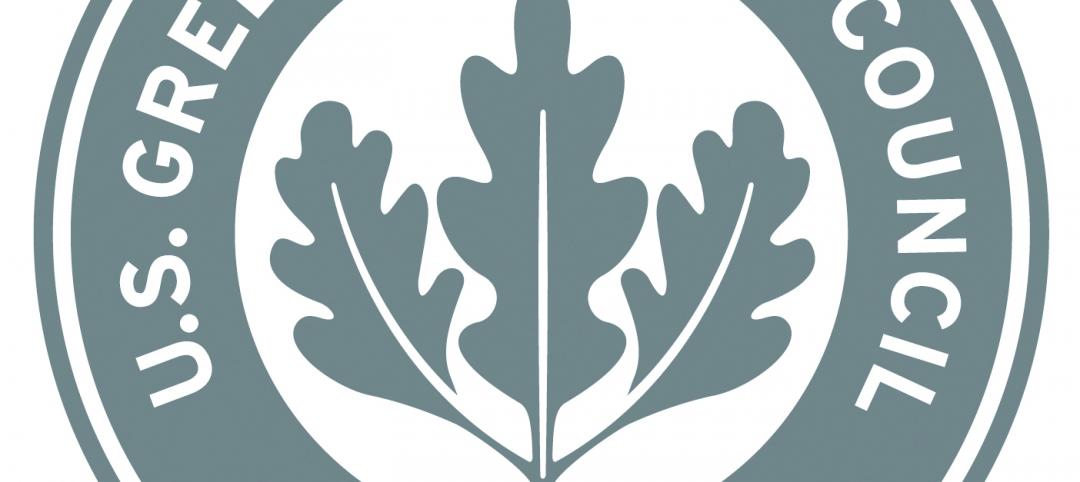Cities and regions can generate profound lasting benefits through investment in downtowns and center cities, according to The Value of U.S. Downtowns and Center Cities: Second Edition report by the International Downtown Association (IDA).
While often small in physical size, downtowns pack a punch. “From driving tax revenue and business activity to spurring smart development and innovative workplaces, downtowns play a pivotal role in the long-term health of a region,” according to a news release from IDA and Stantec, the association’s partner on the report.
The report updates The Value of U.S. Downtowns and Center Cities study released a year ago, with data and analysis that expands the scope to 24 downtowns with urban place management organizations across the United States. Downtown populations continue to grow and their economic prosperity increases as they mature.
Trends identified in this year’s report include:
· Tax revenue increases as downtowns move from emerging to established. Property tax revenue in emerging downtowns averages 11% of citywide property tax revenues, but increases to 32% in established downtowns.
· Downtown population growth far outpaces citywide growth, and it accelerates as downtowns move toward the established tier. Between 2010 and 2016, population grew by 29% in established downtowns, 37% in growing downtowns and 14% in emerging downtowns.
· As downtowns grow more robust, the income of their residents rises relative to the rest of the city. Established downtowns outperformed their cities, with median income at 110% of the citywide figure. This pattern underscores the importance of developing policies and mechanisms for keeping downtown housing accessible to all income levels.
· Downtowns become more concentrated employment centers as their stage of development progresses. Established downtowns have 52% of citywide jobs.
· Downtowns are multimodal hubs that rely less on cars than their cities. Established downtowns have nearly perfect Walk and Transit Scores (96 and 98 respectively).
The report can be downloaded at:
Related Stories
| Apr 19, 2012
Washington city may base building code on rising sea level due to global warming
Aberdeen may become the first city in Washington to base a building code on rising oceans and global warming.
| Apr 19, 2012
CSI webinar on energy codes and building envelopes
This seminar will review recent changes in energy codes, examples of building enclosure wall assemblies for code compliance, potential moisture management and durability challenges, and design tools to assess and minimize potential problems.
| Apr 19, 2012
Innovative plan for storm water in Philadelphia gets EPA’s OK
Philadelphia's $2 billion plan to manage its storm water with green methods including porous pavement, green roofs, and more trees, was officially approved last week by the U.S. Environmental Protection Agency.
| Apr 19, 2012
LEED 2012 to include new credit category for transit-oriented development
The updated LEED 2012 system will introduce a new credit category, “Location and Transportation,” to encourage development oriented around public transit and more walkable communities.
| Apr 17, 2012
FMI report examines federal construction trends
Given the rapid transformations occurring in the federal construction sector, FMI examines the key forces accelerating these changes, as well as their effect on the industry.
| Apr 16, 2012
University of Michigan study seeks to create efficient building design
The result, the researchers say, could be technologies capable of cutting the carbon footprint created by the huge power demands buildings place on the nation’s electrical grid.
| Apr 13, 2012
Congress’s action doesn’t mean Pentagon can’t build LEED gold structures
Though Congress passed a defense budget preventing the Department of Defense from spending money to achieve LEED gold or platinum certification, the Pentagon may still end up constructing buildings to those standards.
| Apr 13, 2012
International Living Building Institute certifies first two Net Zero Energy buildings
A community building in Oregon and an office building in California are the first two projects to earn net-zero status under the International Living Building Institute’s Net Zero Energy Certification program.
| Apr 13, 2012
New York City’s building department investigating structural collapse that killed worker
Following a worker’s death, the collapse of a century-old, two-story warehouse under demolition as part of Columbia University’s expansion is under investigation by the city’s Building Department.
















